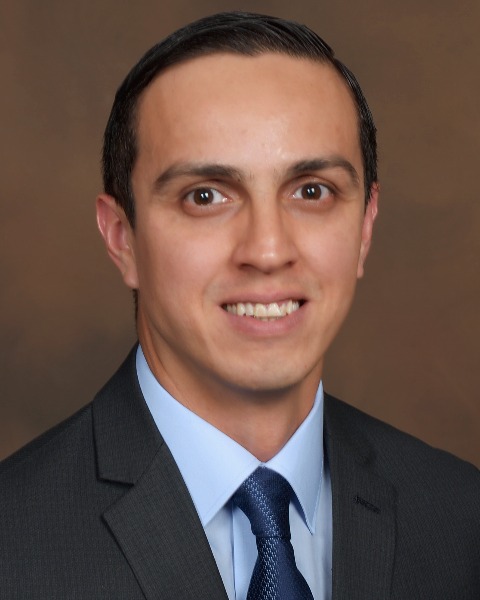Neonatology
Session: Neonatal General 1 Works in Progress
WIP 113 - The Burden of Opioids, Benzodiazepines, and Dexmedetomidine for Neonates with Complex Care: A Point Prevalence Study
Sunday, May 5, 2024
3:30 PM - 6:00 PM ET
Poster Number: WIP 113
Publication Number: WIP 113.2497
Publication Number: WIP 113.2497

Edson Ruiz, MD (he/him/his)
Fellow physician
Le Bonheur Children's Hospital
Memphis, Tennessee, United States
WIP Presenting Author(s)
Background: With the advent of modern medicine, the care of some of the complex cases within neonatology has led to the survival of some sicker patients. To accomplish this, the infants are treated with various types of medications, in particular opioids, benzodiazepines, and NSAIDS, sometimes for long periods of time. This leads to dependence, withdrawal, and the need for long-term weaning of these medications, with the result of prolonged length of stay and long dependence on technology support (mechanical ventilation). Recently, due to these issues, the use of other medications is being investigated, the most common of which is Dexmedetomidine as an opioid and benzodiazepine sparing. However, there is conflicting evidence regarding its safety as there is no data regarding outcomes from patients exposed to the medication in the long term. There is, to date, no evidence that supports that with its use, the dosing of opioids or benzodiazepines is decreased rapidly without compromising the comfort of the patient and the potential significant side effects of the therapy or the need for prolonged treatment due to withdrawal.
Objective: We hypothesize that the use of Dexmedetomidine leads to the addition of a third centrally acting sedative without opioid or benzodiazepine sparing.
Design/Methods: Any infant admitted to the NICU and with opioid, benzodiazepine, Dexmedetomidine, and clonidine use was included. The infant’s demographics and days on the medications were recorded. Long-term mechanical ventilation need was defined as mechanical ventilation with an airway ≥ 36 pos-conceptual age (PCA). Total days on medication were defined by the start and stop days. The total cumulative dose mg/kg (by current weight) will be calculated for each class of medication in morphine, midazolam, and dexmedetomidine equivalent doses. This is an ongoing project with data collected in 32/60 patients for the point of prevalence study; further data will be collected as a prospective observational study for one year starting November 2023
